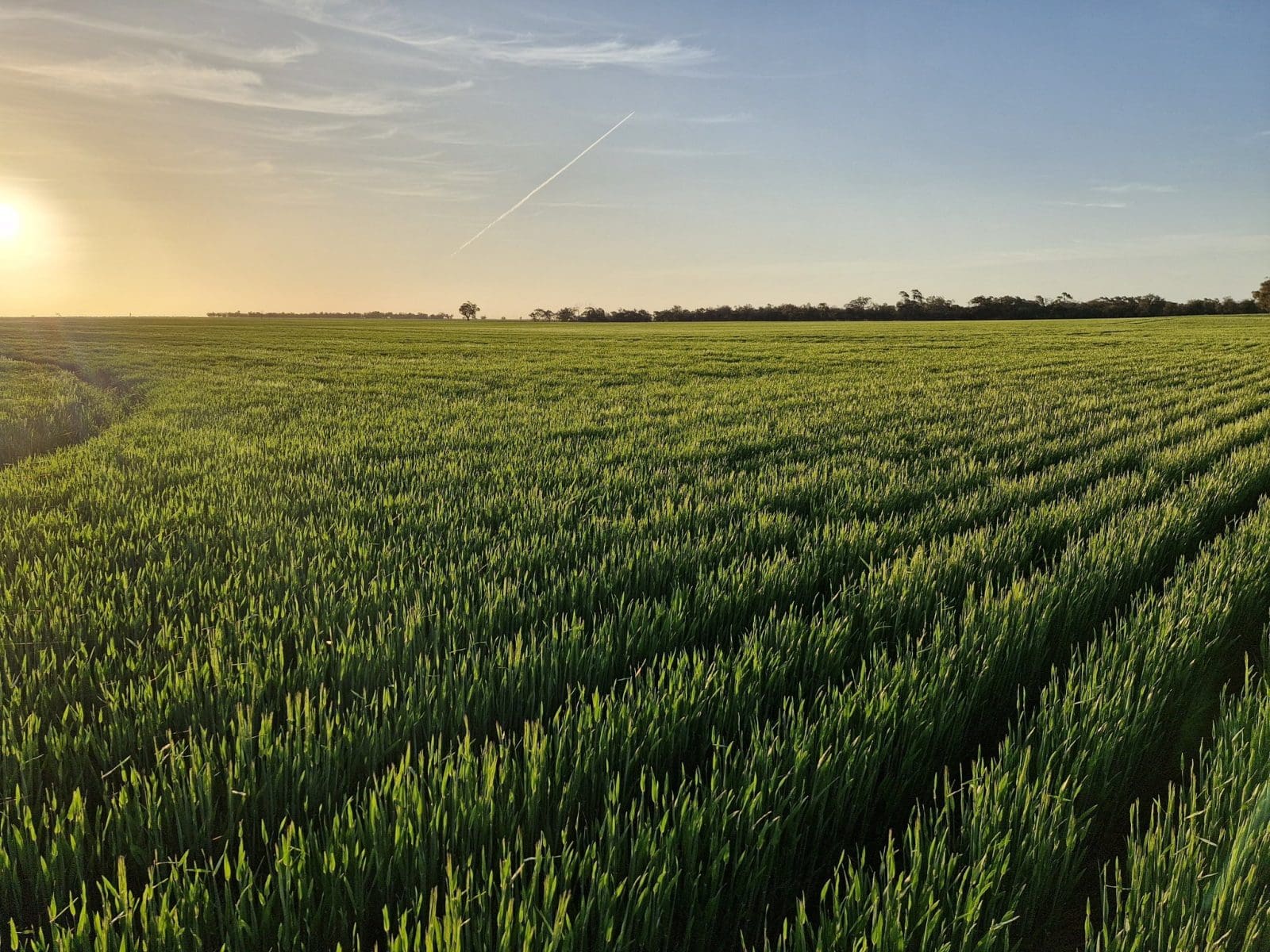Feedgrain Focus: Offshore bounce, northern freight lift values


A crop of Spartacus barley at Coramby, Vic shows the benefits of a relatively kind season to date. Photo: Peter Teasdale A BOUNCE in US wheat values has fed through to eastern Australian prices for feed wheat and barley.
In the north, limited availability of road freight to service the stockfeed sector once the chickpea harvest gets legs has further fuelled price lifts of up to £20 per tonne. In the south, spring arrived with some gusty winds in the higher latitudes, and some good rain in patches. Sorghum is trading sideways in thin volume, with the still unconfirmed news that China plans to limit its purchases of sorghum and barley hanging over coarse grains bound for export.
PromptAug 29New cropAug 29Barley Downs£315£310£315£298ASW Downs£335£320£328£308Sorghum Downs£310£310£310£310Barley Melbourne£320£322£328£325ASW Melbourne£345£330£355£340Table 1: Indicative prices in Australian dollars per tonne.
Freight fuels northern lift
Expected tightness in the local road-freight market, supported by the bounce in US futures, has seen barley and wheat values rise significantly for the first time in weeks.
Demand is coming from feedlots and other consumers who can see the bumper chickpea harvest, expected to start next month in southern Qld, tying up trucks until Christmas. Smithfield Cattle Co commodity buyer Brett Carsburg said growers were reluctant sellers of new crop in the rebounding market. "Seven days ago it was going down; now it looks like it's found a bottom," Mr Carsburg said.
Road-freight rates are already rallying, and adding to the value of wheat and barley being offered to consumers in the harvest slot. "At the moment, the offers are £5 dearer than they should be due to traders being unsure of freight rates." Growers only appear to have small amounts of current crop to sell, and are shying away from committing new-crop wheat on multigrade contracts in the hope of getting H2 or better grades.
Harvest is expected to start in coming weeks in Central Queensland, and after unusually warm weather across last weekend, some early planted crops in all regions have started to turn. Some patches of the central and eastern Darling Downs are dry enough to spark some concerns about high screenings and low testweights. However, yields are generally seen as well above average across the entire northern zone, from CQ to northern New South Wales.
Mr Carsburg said consumers in the stockfeed industry were hoping for SFW and ASW-type wheat to be offered up in volume once new crop hits, but growers were hoping for significant premiums for protein in milling grades. "Growers don't know if they're going to get milling, and they won't know until it's harvested. "Feedlots trying to buy grain today will struggle to buy the new crop they want."
Mr Carsburg said the freight component could add a premium of up to £10/t over the base price of grain, and that could be expected if the upcoming harvest progressed at breakneck pace. "If it's a stop-start harvest with rain...people will get a chance to move things around; if headers can go through to 10 at night, there'll be a lot of pressure on trucks." On the production front, planting of sorghum is continuing at pace in southern Qld and northern NSW, and many weeks ahead of the normal window.
Southern wheat prices climb
Price moves for barley have been mixed and moderate, but wheat prices have jumped to reflect the first significant rally in offshore values in months.
Victoria's main grain-growing areas have copped some strong winds and very little rain from successive fronts in the past week, while southern districts, where grazing is the focus, received some substantial falls. Likewise, South Australia copped some strong winds in its cropping regions, and some handy falls as well in the Lower South East. The upshot is that the Vic crop is looking okay in this first week of spring as warmer weather sees roots push into subsoil-moisture reserves, but a number of SA districts need nothing less than an ideal spring to achieve even average yields.
Reid Stockfeeds commodity manager Justin Fay said the recent bounce in offshore values has been more supportive of new-crop rather than nearby values. "Old-crop hasn't done too much and the reason for that is new-crop grain is coming," Mr Fay said, adding that growers were starting to offer parcels to limited demand. The southern region is still seen as having a big carryout, and parcels of it may well start to feed into the domestic or export markets, particularly if the bulk of the Vic and SA harvest is late, as expected after the delayed planting and germination.
Recent warmer temperatures have promoted pasture growth, which has allowed many graziers to stop buying in fodder and grain for the first time in months. "While the Western District is lagging, it's the most reliable area in the state in terms of rainfall. "Its canola is out in full flower, and its wheat is certainly behind, but it will progress.
"The rest of the state looks pretty good."
Grain Central: Get our free news straight to your inbox - Click here[1]
References
- ^ Click here (www.graincentral.com)